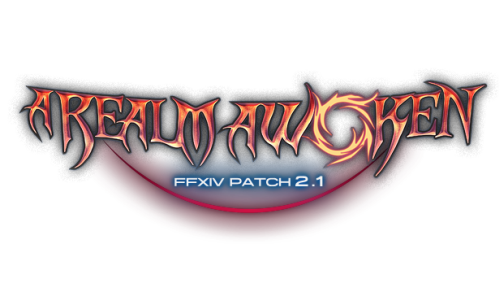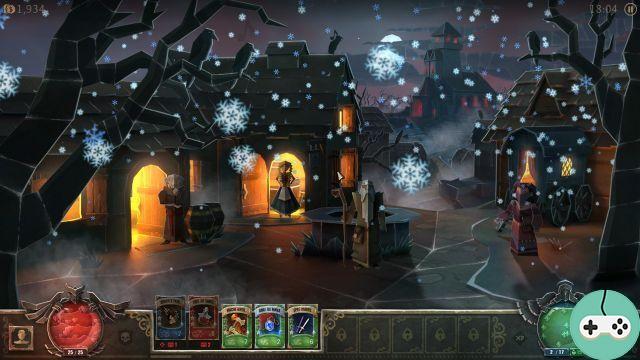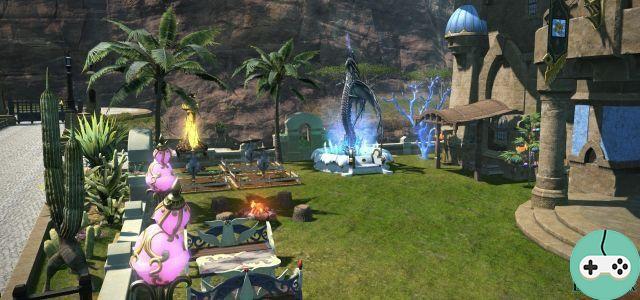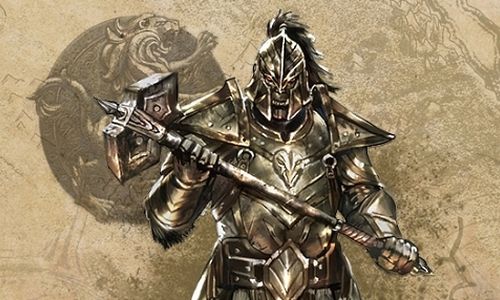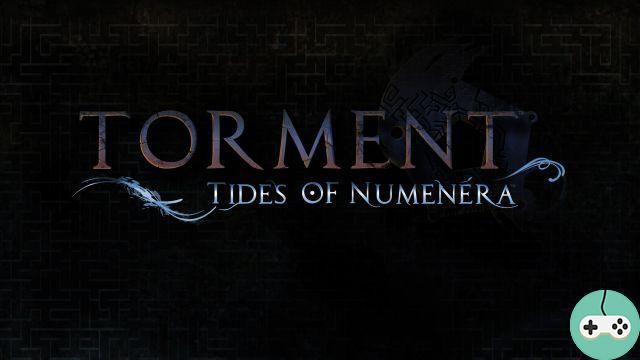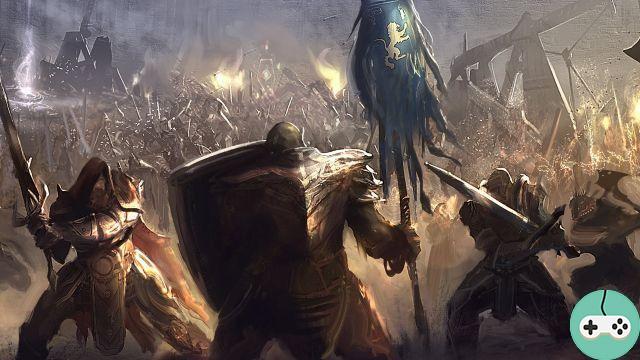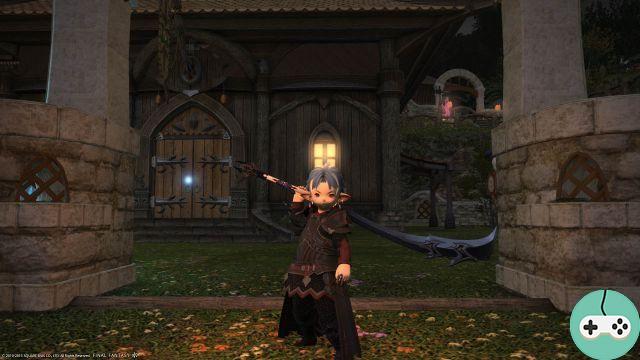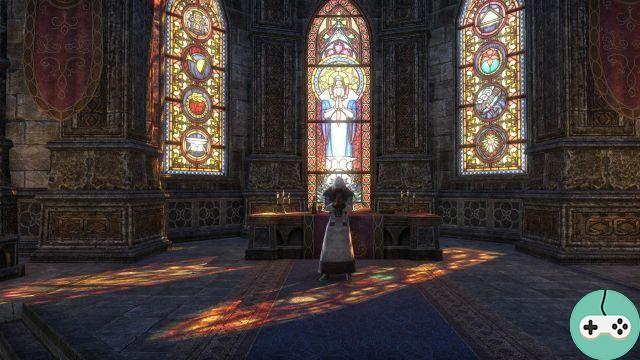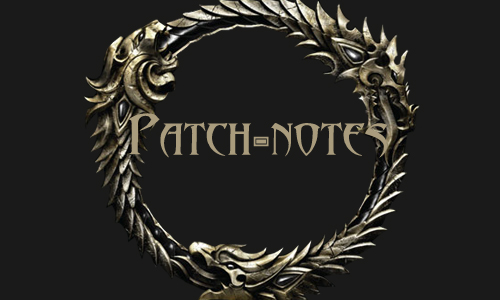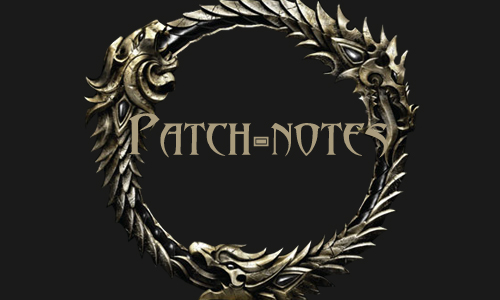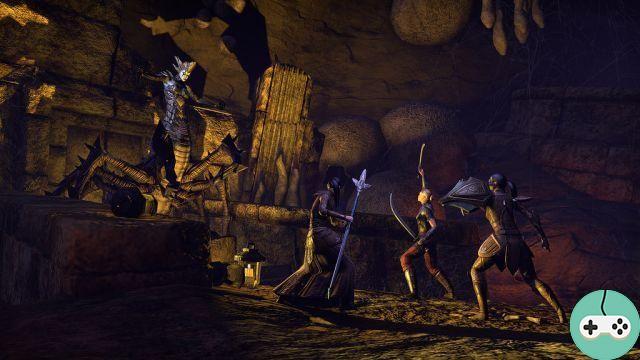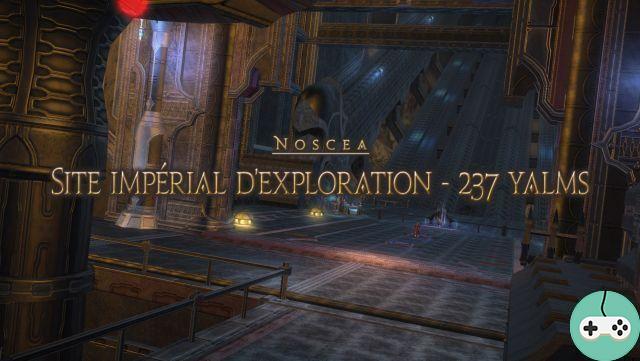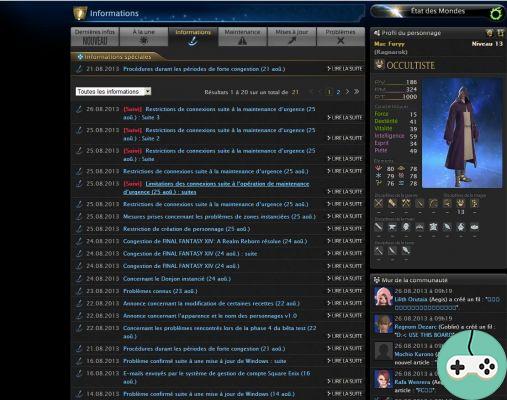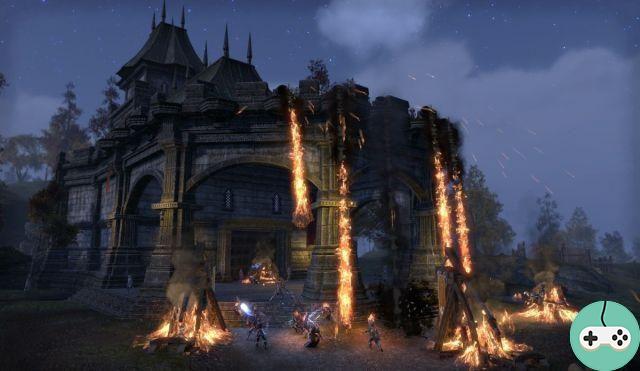
We had the opportunity to test TESO under exclusive press access allowing us to publish a preview of the beta up to level 15. The NDA remains in place, except for authorized sites.
When you enter Cyrodiil, starting at level 10, the NPCs in your alliance will introduce you to the "arts of war" using various small tutorials. From these introductory quests and with experience in the field, we can learn several very important strategic elements on siege techniques to use when taking forts, or capturing Scrolls of the Ancients.

Siege weapons
Each siege weapon has its specificity. These siege machines only occupy one inventory slot and are used as potions (using the "quickslot" hot keys). You can buy them formoney and / or alliance points as the case may be from siege merchants at your alliance headquarters.
When you activate them, you will have a circle on the ground allowing to place machine to the valid location of your choice. Once in place, you can interact with it using the "E" key to switch to siege aiming mode, and the "X" key to exit this mode.
In aim mode, you will see a small life bar below yours, this symbolizes the life of the siege machine you are wielding, in addition to your own.
Each attack weapon (trebuchet, ballista, catapult, boyante oil) has a more or less curved path angle to reach the target.
- If the curve is Green, the target is valid
- If the curve is red, is that the target is too far or that the siege machine is not yet reloaded
- If the curve is orangeis that the machine is orienting itself to realign itself and fire at the designated location
On a given radius around a fort, it cannot be more than 20 siege machines at the same time.
The active siege weapons are:
- The Trebuchets - specialized for attacking fortifications, their cooldown is very long and their range very large
- fragmentation: inflicts heavy physical damage over the entire area around the point of impact
- incendiary type: ignites players near the point of impact (continuous damage)
- icy type: immobilizes players near the point of impact
- The Triggerfish - specialized for attacks against siege engines, their cooldown and range are average
- standard type: normal physical damage
- incendiary type: ignites the targeted siege weapon (continuous damage)
- Lightning Type: Stuns and neutralizes target siege weapon
- The Catapults - specialized for attacks against groups of attackers / defenders, their cooldown is very short but also their range
- fragmentation: inflicts heavy physical damage on all players around the point of impact
- incendiary type: ignites players near the point of impact (continuous damage)
- scavenger type: causes disease in enemy players near the point of impact (continuous damage)
- L'Flaming oil - for use from a vertical point above a target, ideally placed on barbicans in forts above gates to damage rams and players directly below.
The rams are a special case in the sense that they have a passive activity. They can only be summoned near a door (exterior or interior) and to break down the latter, a certain number of people must be on the location of the ram (4 people at the latest information). You just need to be placed on it and you will see a small window informing you of the number of people who are "holding" the ram. If no one "holds" the ram, it will remain there, inactive, but will be able to completely get destroyed by defenders. (Typically, the active PvP skill "siege shield" is sometimes essential to optimize the use of a ram)
It is possible to repair siege weapons using siege engine repair kits sold from the seat merchant.
Finally, there are advanced camps which can be placed near strong enemies in order to allow attackers to resuscitate a number of times near the theater of operations.
The Forts
It exists 18 forts in Cyrodiil, 6 by marriage, including 2 near the Imperial City, and 2 near the 2 "main gates" of each alliance. There is also 3 outposts around the imperial city, between each alliance.
Having more forts than the 6 forts in your own alliance gives access to cumulative campaign bonuses for each additional fort acquired.
Each fort has three specific resources:
- has a enamel : whose management / ownership improves the resistance of fort walls
- has a sawmill : whose management / ownership improves the resistance of fort doors
- has a farm : whose management / ownership increases the difficulty and resistance of the NPCs defending the fort
There are also door or wall repair kits, sold by Siege Merchants who allow players to self-repair damage to a wall or door.
When a wall or a fort gate falls below 95% of "life", it becomes impossible for a player to repair them in the middle of a fight and the fort is considered to be under siege and can no longer serve as a transit point for the alliance.
When three resources of a fort are no longer in the possession of the alliance who controls the strong, he becomes impossible to use the transit altar from the fort to go elsewhere. Also, it is not possible to teleport to a fort until at least one route of transit lines is secure for the alliance controlling that fort. (i.e. segments are not alliance color and segment lock icon is enemy color)
The map below illustrates strategic locations for both PvP and PvE location discoveries in Cyrodiil (we can see, moreover, that there is plenty to do in PvE as well)

Scrolls of the Ancients
Elder Scrolls are very important tactical relics for PvP campaigns. Their possession conditions the fact of having, for an entire alliance, substantial offensive and defensive bonuses both in PvP and PvE and can determine the outcome of a battle that can lead to the coronation of an emperor ...
It exists 6 Scrolls, two per alliance (one offensive, one defensive). By default, they provide bonuses that players think are acquired, but you can quickly become disillusioned if you lose them by having the scrolls stolen.
If an alliance manages to steal and store enemy Scrolls in one of its forts, this will provide cumulative bonuses.
To steal a scroll, nothing could be simpler ... It is enough to enter the heart of the enemy territory to steal it on its pedestal, in the heavily protected temple dedicated to him, himself behind one of the two main doors an alliance, close to headquarters and impassable unless the attackers take possession of the two forts near the doors ... A trifle!
Obviously, regaining a parchment that has been placed in a "simple fort" is much easier ... It suffices to take possession of the fort ...
And now that you see it "clearer" for PvP, what do you think?




